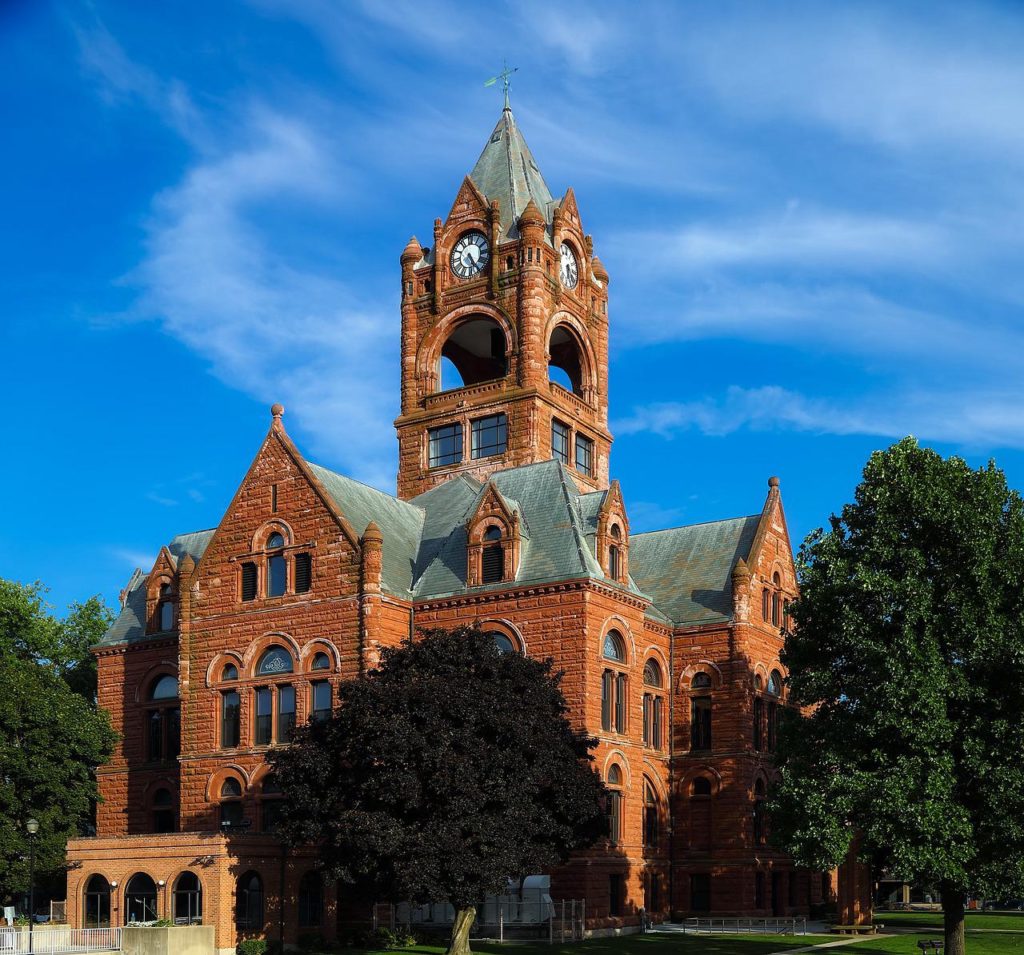
Article Summary: Historic Sites In Indiana
Historic Sites In Indiana. More Than Just Parks has 10 incredible must-see sites for you.
I’ve been to so many of these amazing places since retiring from teaching in 2018. Did I mention that I taught history? I spent a lifetime teaching about the history behind these momentous sites. Then I got to see them firsthand. And now I’m sharing the stories of these incredible places with you. It doesn’t get any better than that!
I’m going to give you my list of the 10 Historic Sites In Indiana that you’ll want to see.
To be clear, this list includes national park sites (as in sites managed by the National Park Service) as well as national parks. It also includes sites that are not managed by the National Park Service. After all, we’re more than just parks!
If you are planning a trip to Indiana then you might want to pick up a copy of Weird Indiana: Your Travel Guide to Indiana’s Local Legends and Best Kept Secrets by Mark Marimen.
Without further ado, let’s dive in.
Table Of Contents: Historic Sites In Indiana
Top 10 Historic Sites In Indiana
10. Benjamin Harrison Presidential Site
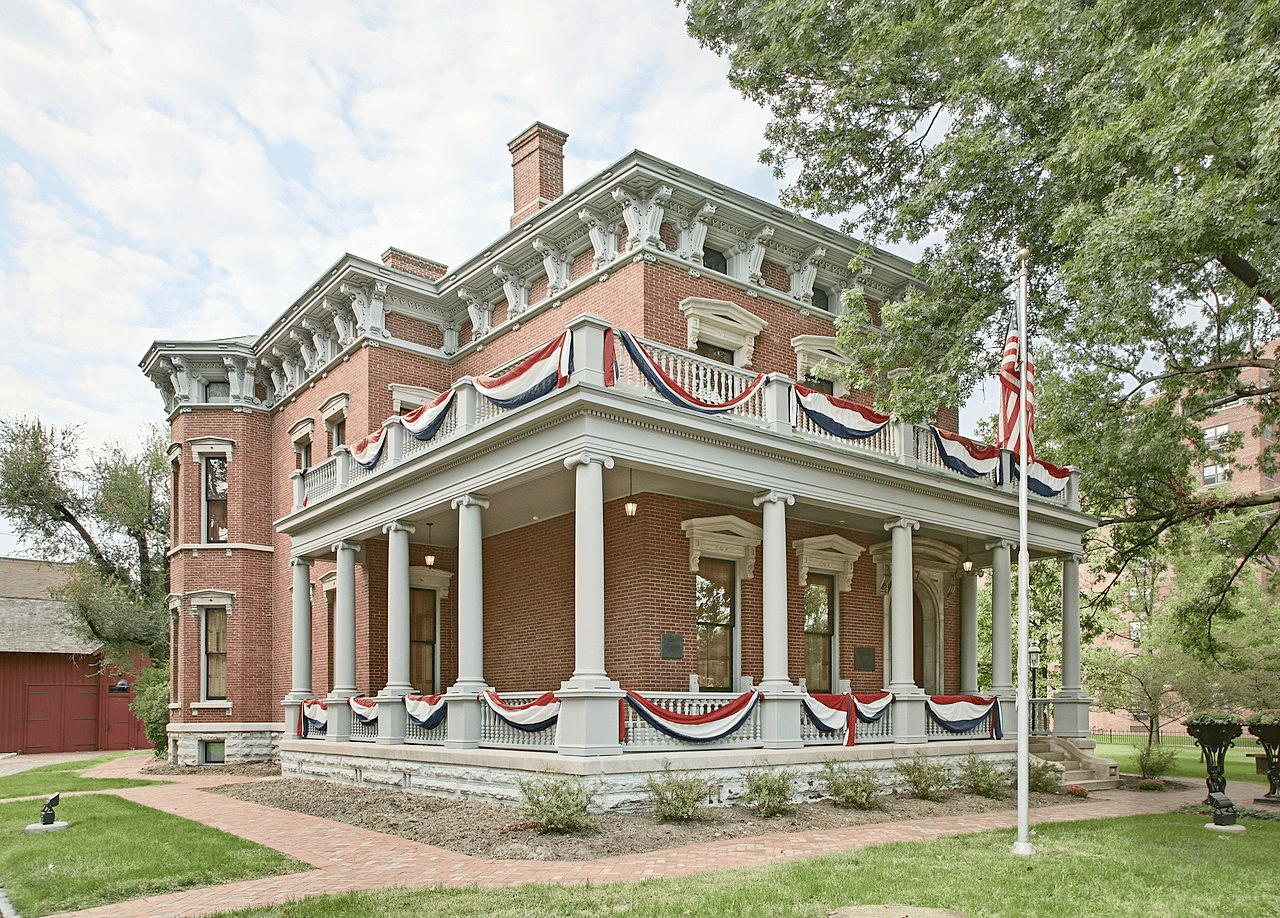
More Than Just Parks is excited to share our list of the Top 10 Historic Sites In Indiana. Did you know that Indiana is known for its love of basketball and for producing stars such as Larry Bird and Louie Dampier? It has generated the fifth-highest number of professional basketball players per capita of any state.
But we’re going to move beyond the court and share some other amazing places with you beginning at #10 with the Benjamin Harrison Presidential Site.
The Benjamin Harrison Presidential Site is a historic house museum located in Indianapolis, Indiana. It’s dedicated to the life and legacy of Benjamin Harrison, the 23rd President of the United States, who served from 1889 to 1893.
The site includes the Harrison family home, which was built in the 1870s and has been restored to its original appearance. The home features original furnishings and decorative arts, as well as exhibits that explore the life and career of President Harrison and the history of the United States during his administration.
Visitors can take guided tours of the home and grounds, which include a beautiful Victorian garden and carriage house. The museum also offers a variety of educational programs and events, including lectures, workshops, and tours.
In addition to its historical significance, the Benjamin Harrison Presidential Site is an important cultural institution in Indianapolis and a popular destination for visitors and locals alike.
It offers a unique opportunity to explore the history of the United States during the late 19th century and the life and legacy of one of the country’s most influential leaders.
9. Huddleston Farmhouse
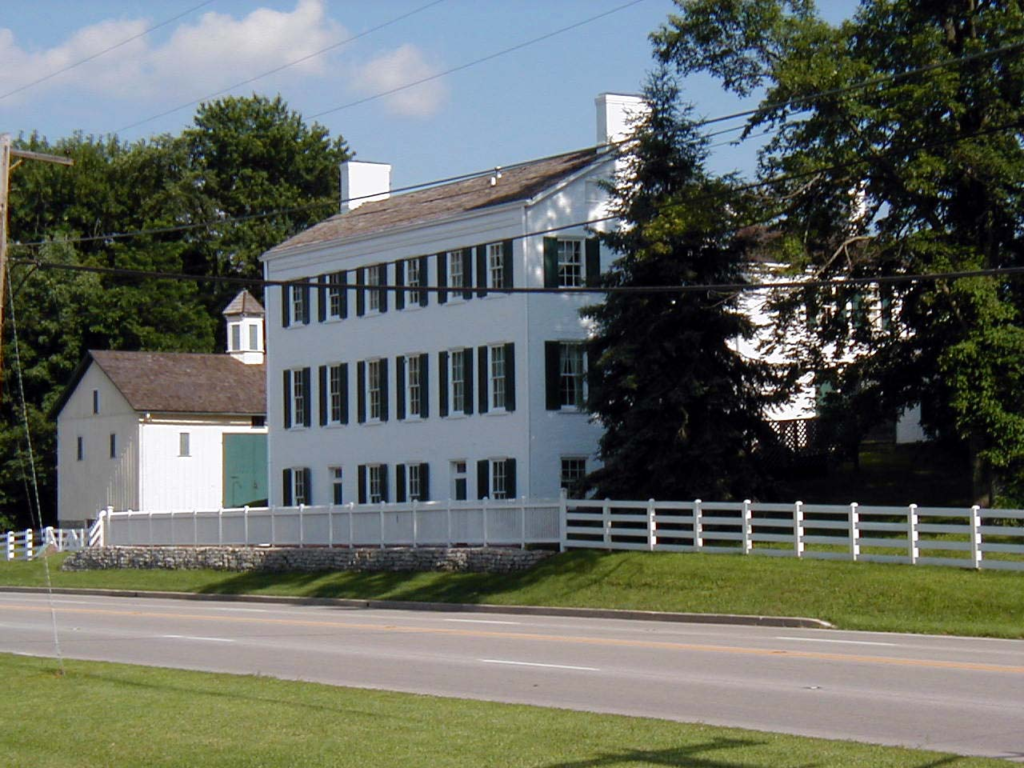
Indiana is known for its farms and we haven’t forgotten about the important contribution which they make. The #9 site on our list of the Best Historic Sites In Indiana is the Huddleston Farmhouse.
The Huddleston Farmhouse is a historic house located in the city of Cambridge City, Wayne County, Indiana. It is a two-story brick house built in 1841 and is considered to be one of the best examples of Federal-style architecture in the state.
The farmhouse was built by William Huddleston, a Quaker farmer who migrated from North Carolina in the early 1800s. Huddleston was one of the first settlers in the area, and he built the farmhouse to accommodate his growing family and to serve as a hub for his farming operations.
It Served As A Stop On The Underground Railroad
The Huddleston Farmhouse served as a stop on the Underground Railroad, which was a network of secret routes and safe houses used by African American slaves to escape to freedom in the North.
The farmhouse’s location, close to the Indiana-Ohio border, made it an ideal spot for fugitive slaves seeking freedom. The Huddleston family, who were Quakers and abolitionists, played an active role in the Underground Railroad, providing shelter, food, and guidance to the escaping slaves.
In 1974, the Huddleston Farmhouse was acquired by the Historic Landmarks Foundation of Indiana and was later designated a National Historic Landmark. The house was restored to its 1860s appearance, and today it serves as a museum dedicated to preserving the history of the Underground Railroad and the Huddleston family’s role in it.
Visitors can tour the house and see artifacts and exhibits related to the Underground Railroad and Quaker life in Indiana during the mid-19th century.
In 2020, the Huddleston Farmhouse was awarded a grant to help preserve the historic building and to continue telling the story of the Underground Railroad and the Huddleston family’s legacy of social justice and equality.
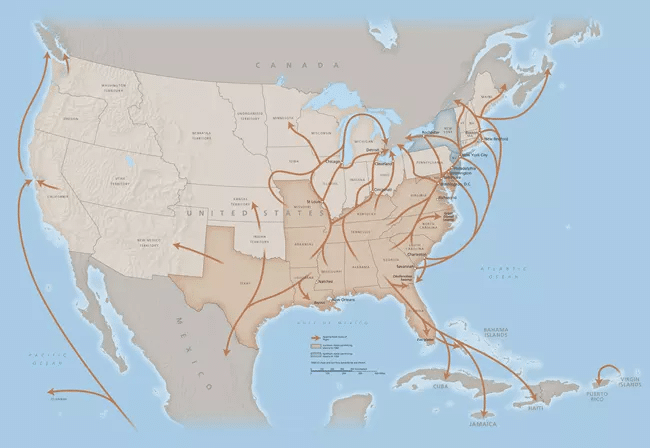
8. Falls of the Ohio State Park
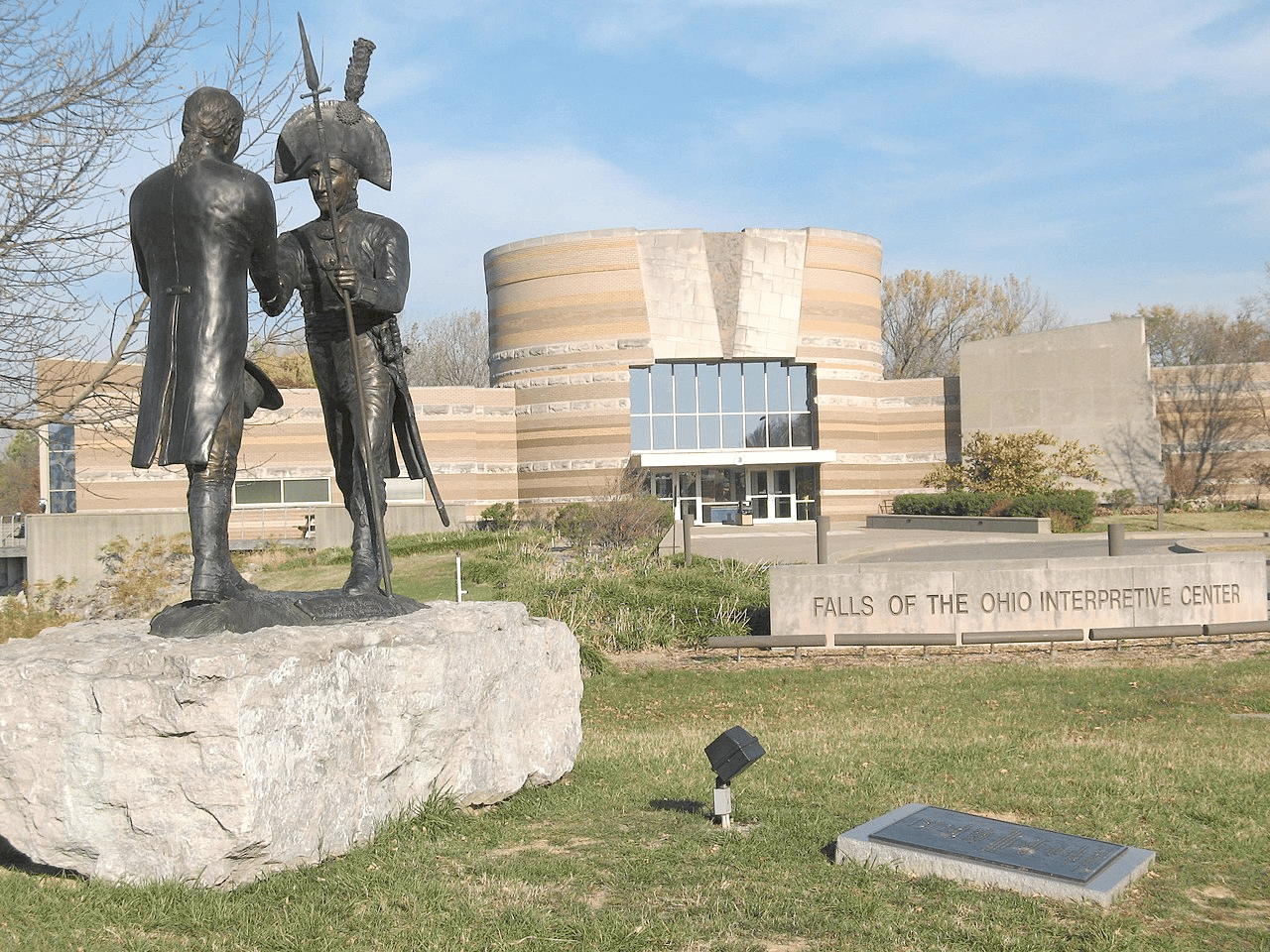
Next up is a place which is known for its amazing geologic formations. At #8 on our list of the Best Historic Sites In Indiana is the Falls of the Ohio State Park.
The Falls of the Ohio State Park is a state park located in Clarksville, Indiana, on the banks of the Ohio River. The park is known for its unique geological formations, which include a 390-million-year-old fossil bed that is one of the largest exposed Devonian fossil beds in the world.
The park features a visitor center with interactive exhibits, a film, and a gift shop, as well as a number of hiking trails that offer visitors the opportunity to explore the fossil beds and other natural features of the area.
It also offers a variety of educational programs and events throughout the year, including guided fossil walks, bird watching, and nature programs.
The park is a popular destination for families, outdoor enthusiasts, and anyone interested in learning more about geology and the natural history of the region.
7. Eiteljorg Museum of American Indians and Western Art
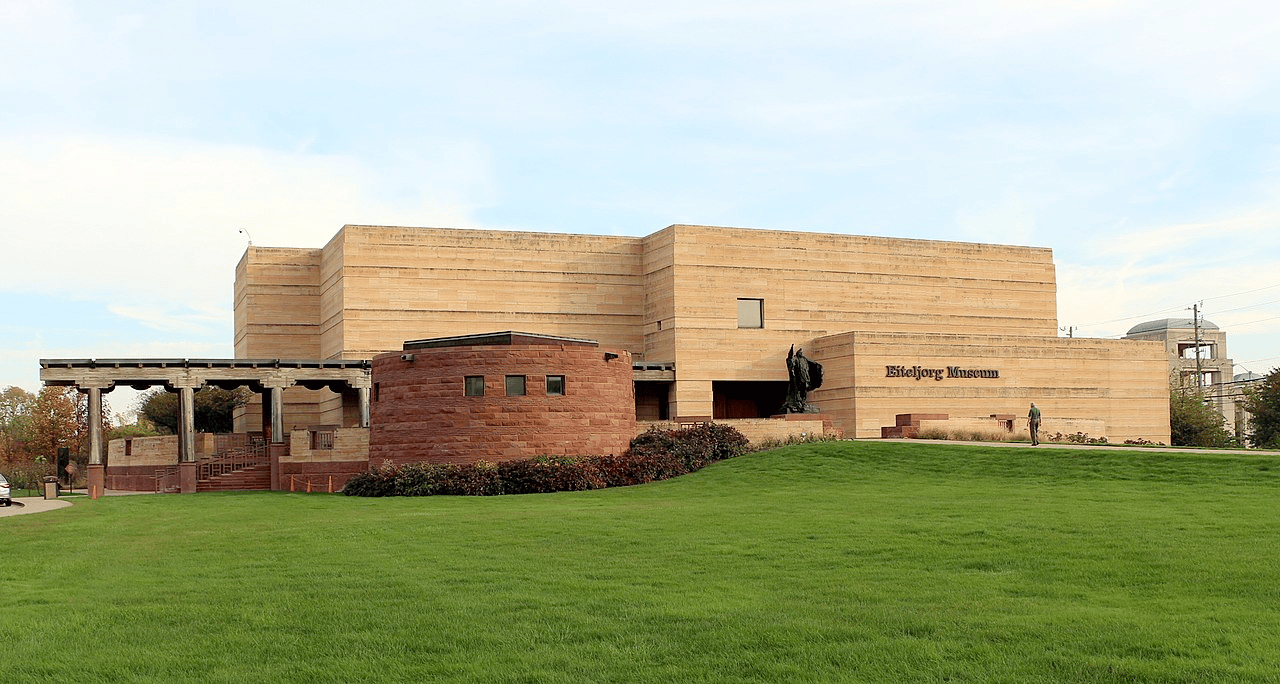
We’re moving on from a place endowed with amazing geologic formations to one which celebrates the art and cultures of the American West and the Native American people. It’s the Eiteljorg Museum of American Indians and Western Art.
The museum was founded in 1989 by Harrison Eiteljorg, a businessman and collector of Western and Native American art.
The museum’s collection features over 25,000 works of art and artifacts, including paintings, sculptures, pottery, jewelry, textiles, and photographs. The collection spans from pre-Columbian times to the present day and includes works from Native American tribes from across the United States and Canada, as well as Western art from the 19th and 20th centuries.
One of the most notable features of the museum is the outdoor sculpture garden, which showcases contemporary Native American and Western art in a beautiful natural setting. The garden features works by renowned artists such as Allan Houser, Nona Hengen, and George Carlson.
In addition to its permanent collection, the museum also hosts a variety of temporary exhibits throughout the year. These exhibits focus on a range of topics related to Native American and Western art, history, and culture. The museum also offers educational programs and workshops for all ages, including guided tours, artist talks, and hands-on activities.
The Eiteljorg Museum is committed to promoting cross-cultural understanding and respect through its exhibits, programs, and outreach efforts. It is a unique institution that celebrates the rich and diverse history and art of the American West and its people.
6. Auburn Cord Duesenberg Automobile Museum
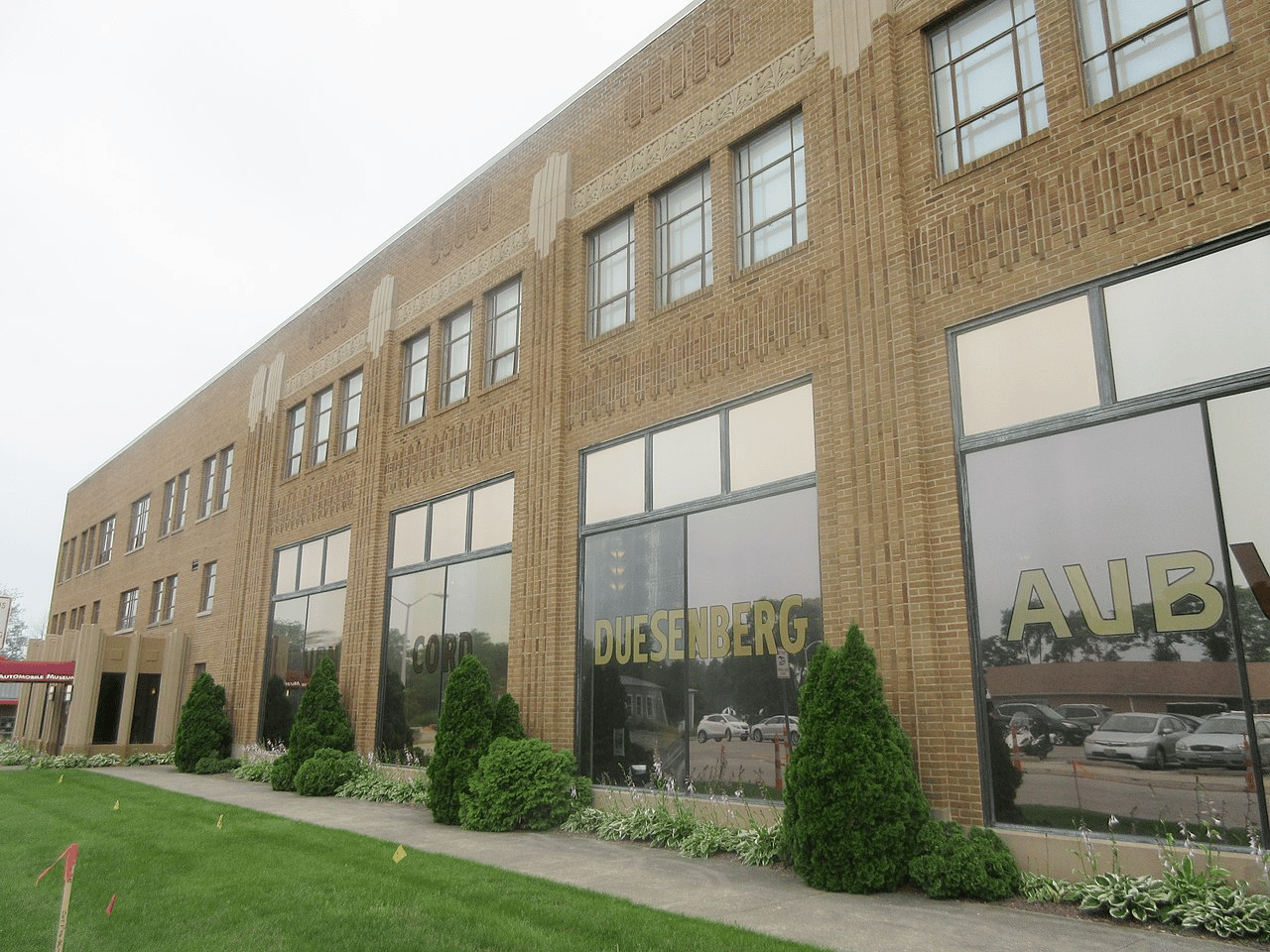
If you like learning about cars and their history then you’ll love our next site. At #6 on our list of the Best Historic Sites In Illinois is the Auburn Cord Duesenberg Automobile Museum.
The Auburn Cord Duesenberg Automobile Museum (ACD Museum) is a museum located in Auburn, Indiana, that is dedicated to the history of the Auburn Automobile Company, Cord Automobile Company, and Duesenberg Automobile & Motors Company.
The museum features a large collection of vehicles, including classic cars, race cars, and concept cars, as well as a variety of automotive-related artifacts and memorabilia.
The collection includes many of the most significant and historically important vehicles produced by these companies, such as the Auburn Speedster, the Cord 810/812, and the Duesenberg Model J.
The museum also features exhibits that explore the history of these companies and the people who built them, including the designers, engineers, and executives who made them famous.
It also offers a variety of educational programs and events throughout the year, including lectures, workshops, and guided tours.
Top 5 Historic Sites In Indiana
5. Ernie Pyle World War Two Museum

At More Than Just Parks were committed to bringing you the most interesting and diverse historic sites so as to maximize your traveling experience whenever you decide to boldly go where you’ve never gone before.
Our next site is a prime example of our philosophy that, when it comes to historical research, we believe in finding the interesting people wherever they happen to be. One of those people was an award-winning journalist whose gift was to bring the stories of ordinary soldiers struggling with the trauma of combat to life.
We kickoff the Top 5 Historic Sites In Illinois with at #5 with the Ernie Pyle World War Two Museum.
Ernie Pyle
Ernie Pyle (1900-1945) was an American journalist and war correspondent who gained national recognition for his coverage of World War II.
He was born in Dana, Indiana, and began his career as a journalist in the 1920s, working for various newspapers across the United States.
Pyle’s reporting during World War II was distinguished by its human interest focus and its emphasis on the experiences of individual soldiers. He traveled extensively throughout Europe and North Africa, reporting on the war from the perspective of the soldiers on the front lines.
His writing was widely read and beloved by the American public, who appreciated his honest and compassionate portrayals of the human toll of the war.

He Earned The Pulitzer For His Work
Pyle’s reporting earned him numerous awards and accolades, including the Pulitzer Prize for journalism in 1944. He was also known for his humility and modesty, and was widely respected by his fellow journalists and the soldiers he covered.
Tragically, Pyle was killed in action in 1945, while reporting on the war in the Pacific. His death was widely mourned. He was posthumously awarded the Medal of Merit by President Harry S. Truman.
Today, Ernie Pyle is remembered as one of the greatest war correspondents in American history, and his legacy continues to inspire journalists and writers around the world. His work remains an important record of the human experience of World War II and a testament to the power of honest and compassionate reporting.
To learn more about this gifted journalist and accomplished storyteller I recommend Ernie Pyle: The Life and Legacy of the Most Famous Journalist Killed in Battle during World War II by Charles River Editors.

RELATED: 10 MUST-SEE Historic Sites In Illinois
Things To Do
Here are some things to do when visiting the museum:
- Tour the museum exhibits: The museum features a variety of exhibits that highlight the life and career of Ernie Pyle, including personal artifacts, letters, and photographs. The exhibits also showcase the experiences of soldiers and civilians during World War II.
- Visit the Pyle Home: The museum is housed in the childhood home of Ernie Pyle. Visitors can take a guided tour of the home and learn about his early life and the influence it had on his career as a journalist.
- Attend a special event: The museum hosts a variety of special events throughout the year, including lectures, book signings, and film screenings. Check the museum’s calendar of events to see what’s happening during your visit.
- Explore the nearby town of Dana: Dana is a small town with a rich history. Visitors can take a walking tour of the town and see historic buildings and landmarks, including the childhood homes of several famous Hoosiers.
- Walk the Ernie Pyle Trail: The museum is located near the Ernie Pyle Trail, a scenic walking trail that follows the path of a former railroad line. The trail is a popular spot for hiking, biking, and birdwatching.
- Visit nearby attractions: The museum is located near several other attractions, including Turkey Run State Park, the Covered Bridge Festival, and the Wabash and Erie Canal. Visitors can easily combine a trip to the museum with a visit to one of these nearby attractions.
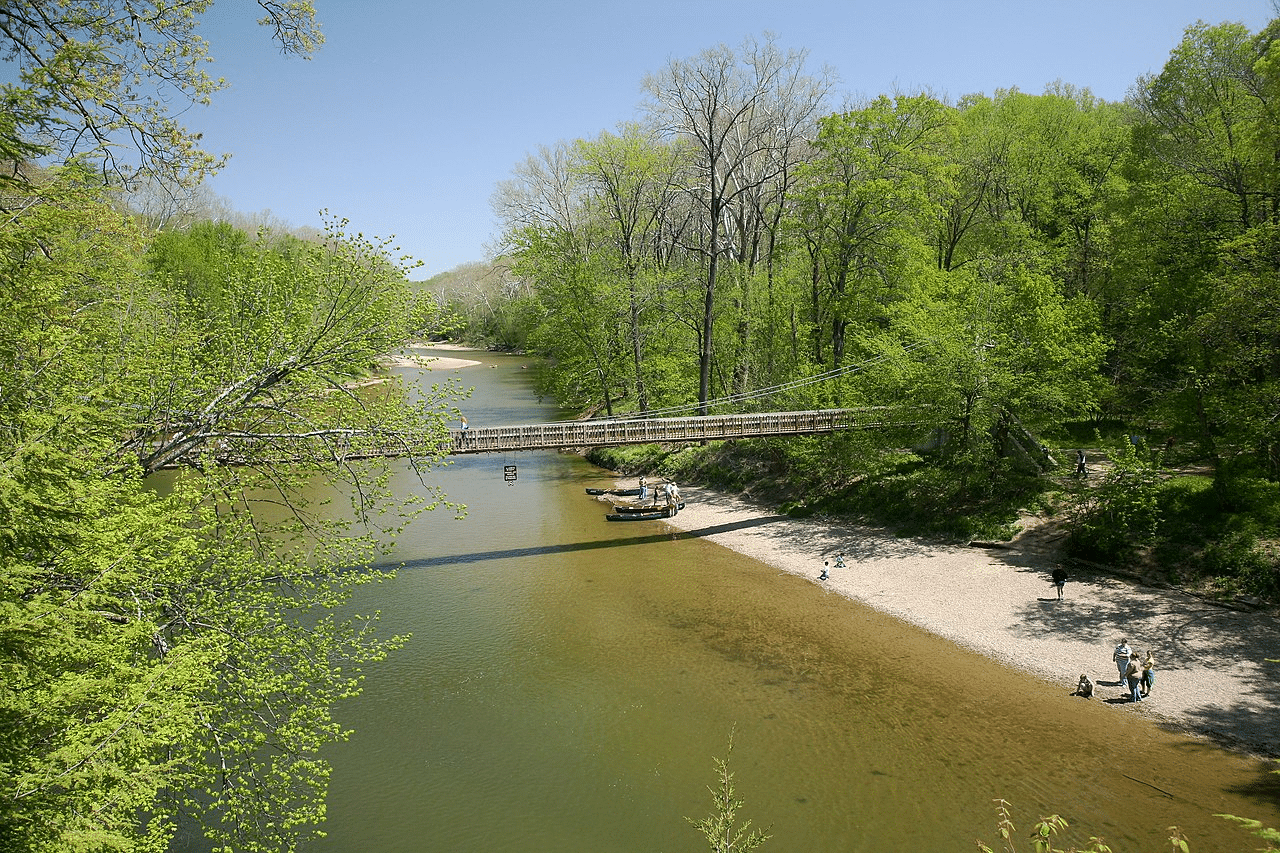
4. Wilbur Wright Birthplace & Museum
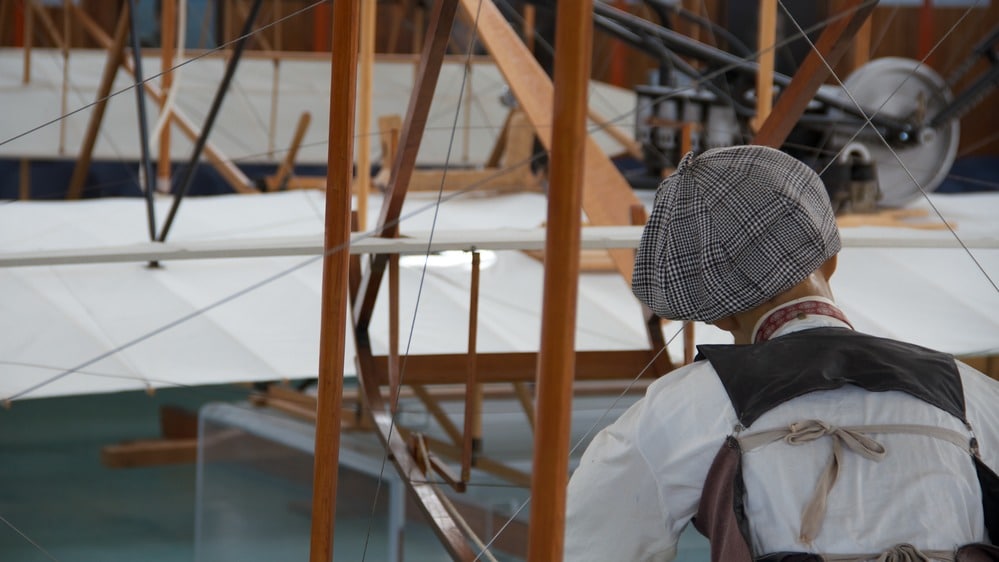
We’re on to the “Final Four” on our list of the Best Historic Sites In Indiana. At #4 is a site which celebrated one of the pioneers of manned-flight. It’s the Wilbur Wright Birthplace & Museum.
History is replete with incredible moments that change the trajectory of humankind. One such moment occurred on December 17, 1903. Orville & Wilbur Wright, otherwise known as the Wright Brothers, ushered in the aerial age with their successful first flight of a heavier-than-flying machine at Kitty Hawk, North Carolina.
This airplane, known as the Wright Flyer, was the product of a sophisticated four-year program of research and development conducted by the brothers beginning in 1899.
Together, these two aeronautical visionaries pioneered many of the basic tenets and techniques of modern aeronautical engineering, such as the use of a wind tunnel and flight testing as design tools.
The impact of the airplane on the 20th century is beyond measure. The Wrights not only solved a long-studied technical problem, but also helped create an entirely new world.
As a retired history teacher and avid history buff I’m always recommending books. One of my favorites is The Wright Brothers by Pulitzer Prize Winning Author & Historian David McCullough.
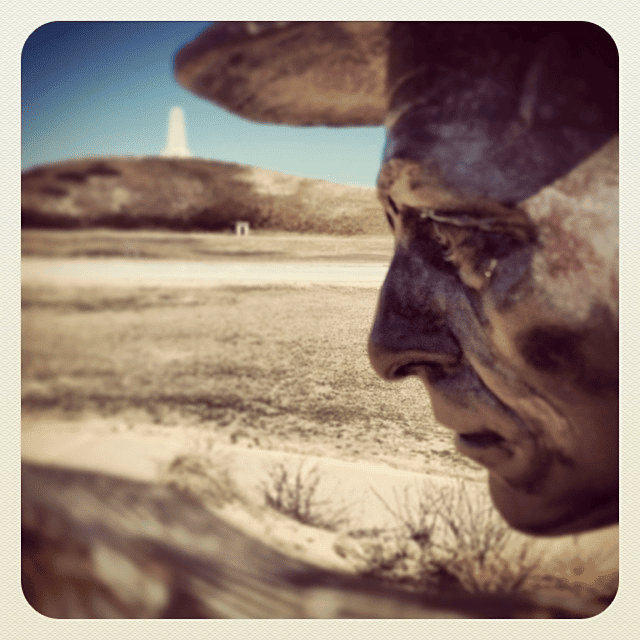
What You’ll See At The Museum
At the museum, visitors can see the following:
- The Birth Home: Wilbur’s parents bought this 5 acres and house for $700 and they only lived here for three years. Along with the Wright family house is a Smoke House, Barn and an Outhouse.
- The Wright Flyer: This is a full-size replica of the 1903 Wright Flyer. This replica took 10 years to build and was meant to fly. The propellers are hand-carved. The motor is molded and cast into the replica 4-cylinder engine.
- Kitty Hawk Room: Replica of where they the Wrights stayed when returning to Kill Devil Hills site in 1901. They pitched a tent about 1,000 ft. east of the higher hill and built a rudimentary shed as a workshop.
- Main Street: The Brothers began their careers as printers. When they were unable to make a living at that, they began repairing and building bicycles. Check out the barber shop, dress shop, general store and school. Wood Carvings: Many of these carvings were made from wood taken from the original house and fence.
- Gift Shop/Visitor Center: Visit our Gift Shop and website store. We are well-stocked with affordable items such as posters, key chains, shot glasses, T-shirts, and postcards etc.
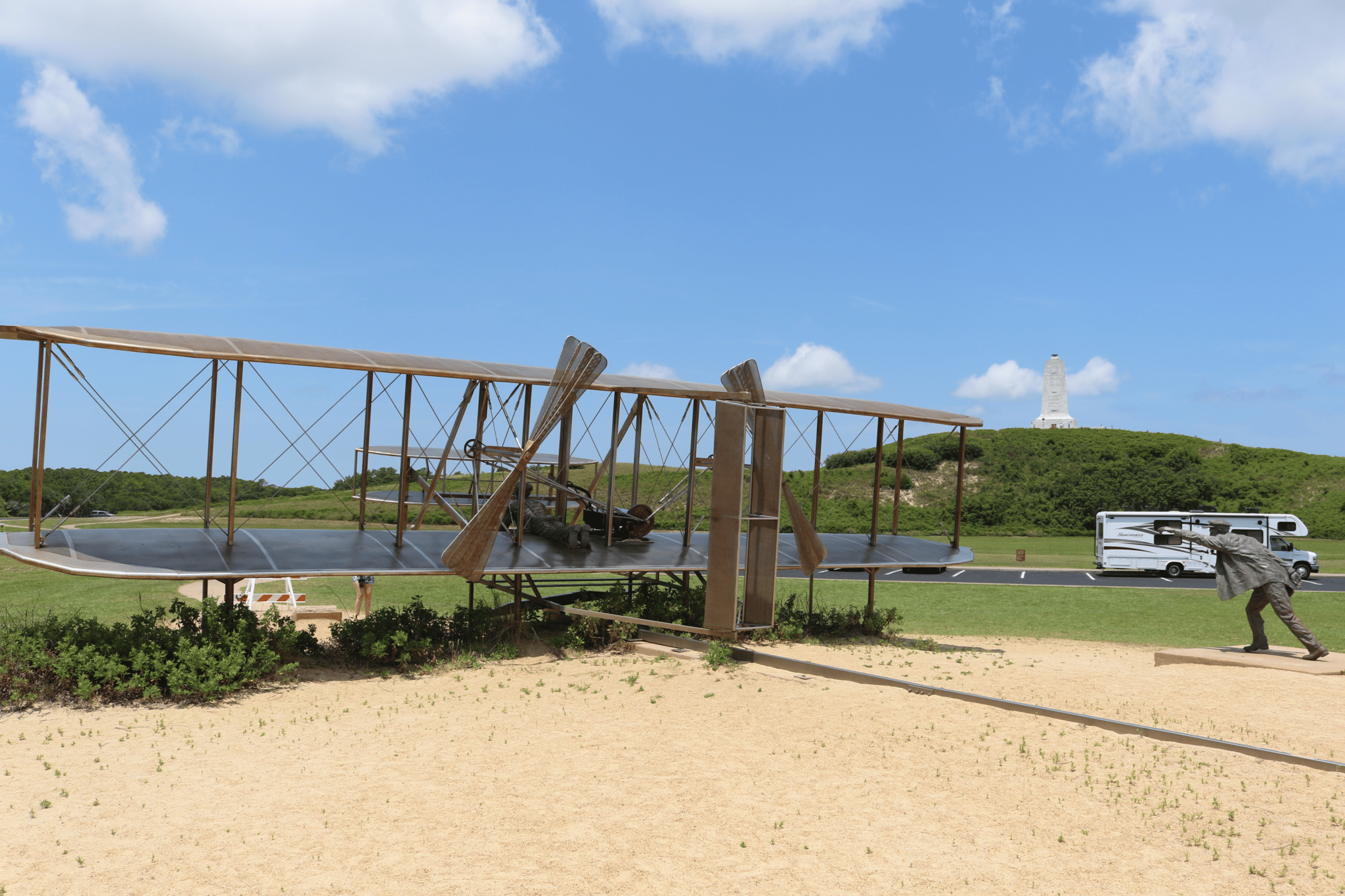
3. George Rogers Clark National Historical Park
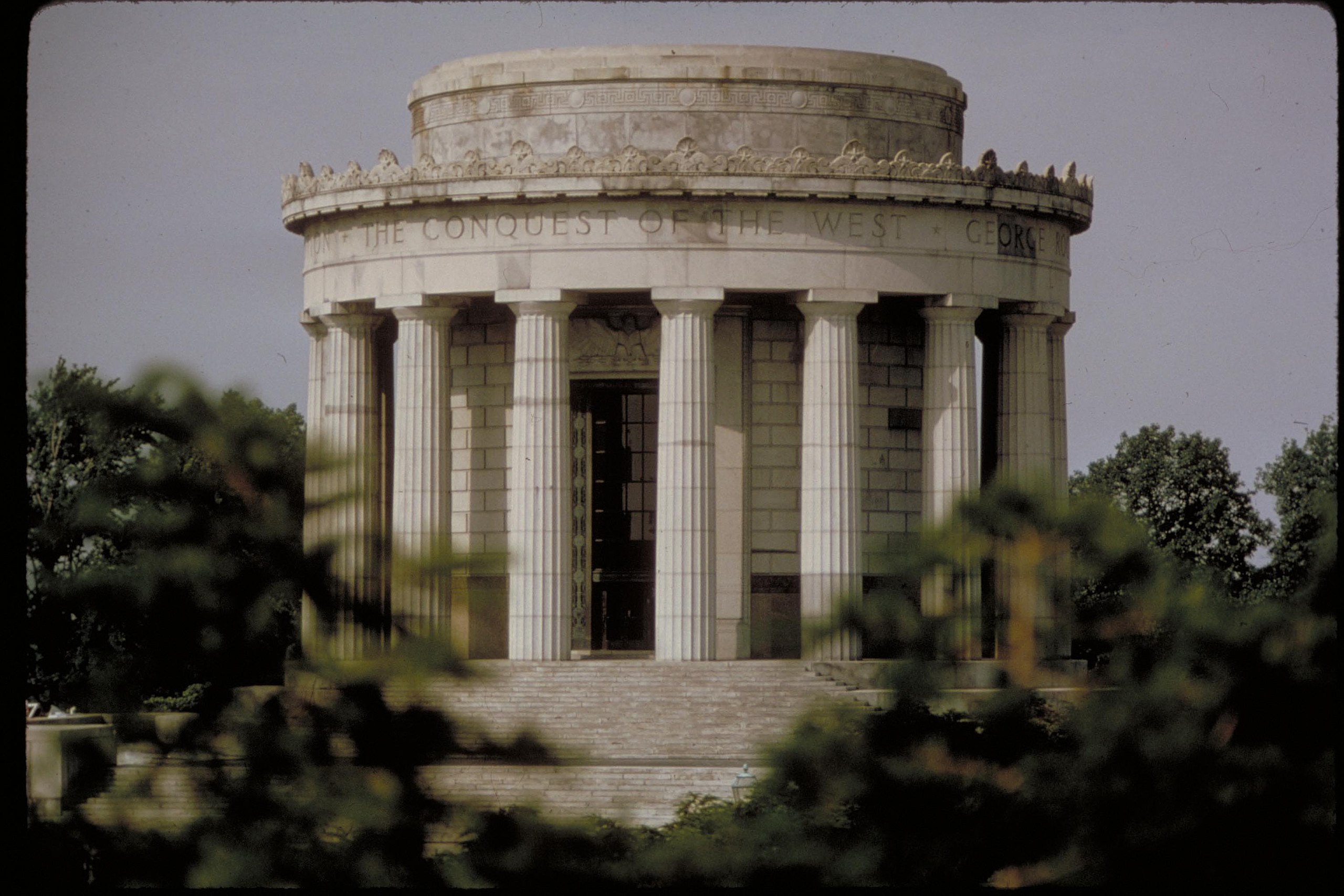
We’re on to our final three historic sites and they’re all worth a visit (as our all of the other sites on our list). At #3 is the story of an amazing man who was a Revolutionary War Hero. And you can learn all about him at the George Rogers Clark National Historical Park.
Who Was George Rogers Clark?
George Rogers Clark was an American Revolutionary War hero and military leader.
Born in Virginia in 1752, he is best known for his role in the western theater of the American Revolution, where he led a group of American forces against British-allied Native American tribes and British forts in the Ohio River valley.
Clark is credited with securing the western frontier for the American colonies, and his victories in the Ohio River valley were seen as critical to the eventual outcome of the American Revolution.
He is particularly remembered for his capture of the British fort at Kaskaskia in 1778, which was a major turning point in the war in the western frontier.
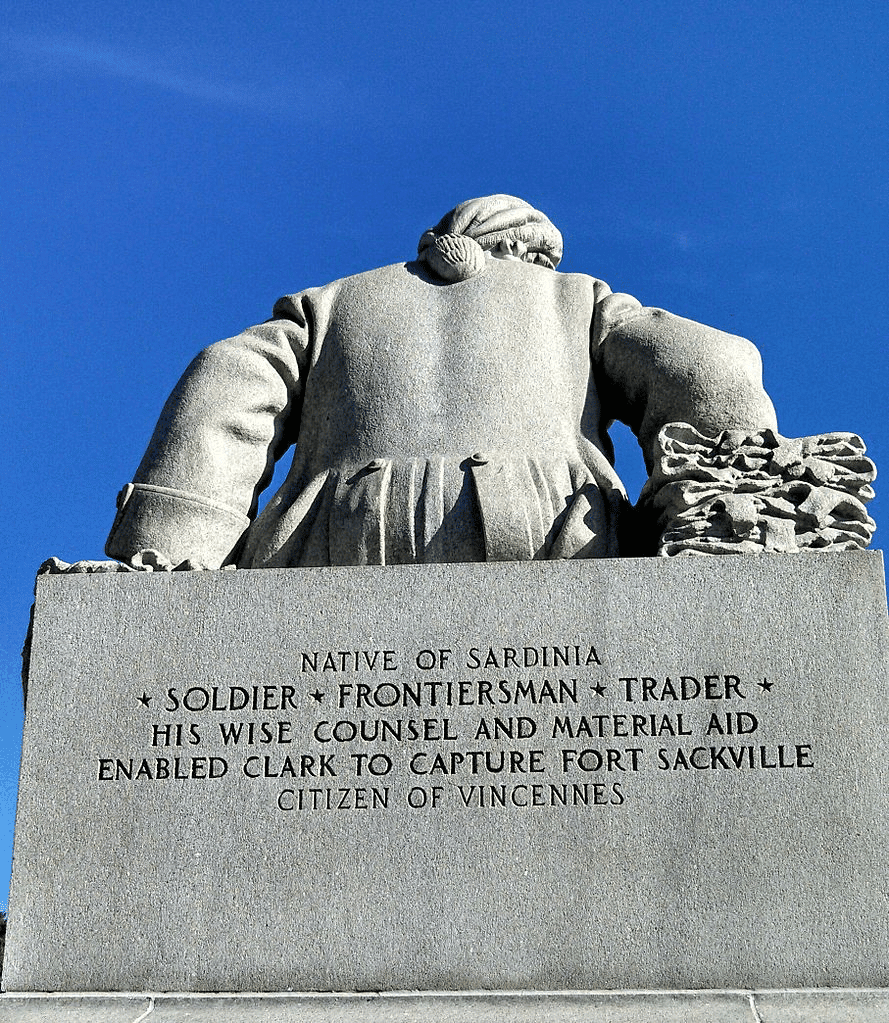
One Of The Most Important Military Leaders Of The American Revolution
After the war, Clark continued to play a key role in the development of the western United States, serving as a surveyor, military commander, and territorial governor in the region. He is remembered today as a symbol of American bravery and determination, and his legacy continues to inspire new generations of Americans.
Throughout his life, George Rogers Clark was known for his courage, his strategic vision, and his unwavering commitment to American independence. He is remembered as one of the most important military leaders of the American Revolution and as a pioneer in the western frontier of the United States.
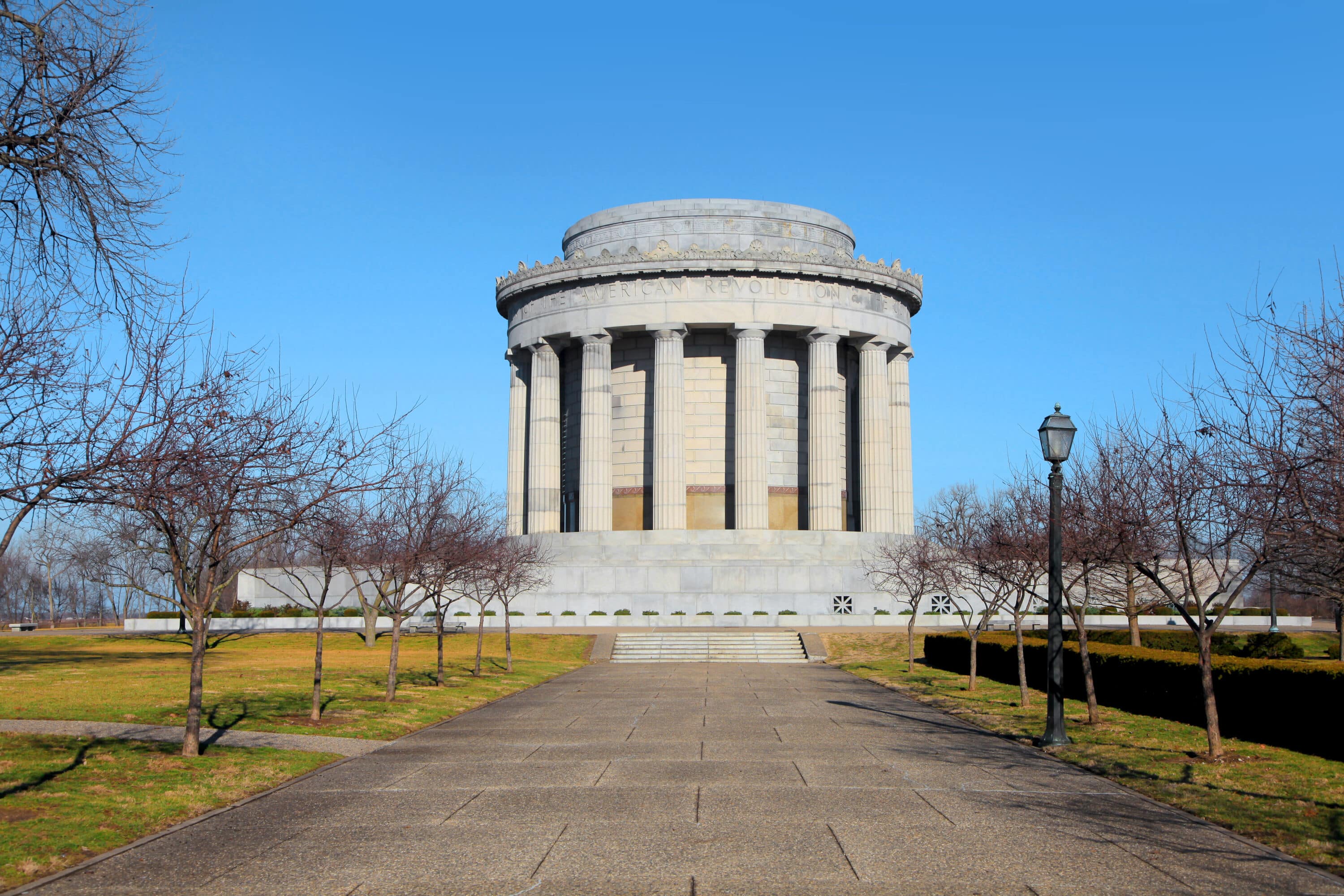
Things To Do At The Park
I always recommend that first timers start at the visitor center. There you can gather information on points of interest at the site. At this site, I recommend a 30 minute film, titled Long Knives. The film explores Clark, his march to Vincennes, and the attack on Fort Sackville.
From there you should check out the Memorial where you can see seven murals which tell the story of Clark and the Old Northwest along with a magnificent statue of George Rogers Clark.
As the National Park Service notes, the Memorial was a major feat of architectural engineering. It was built from 1931 to 1933. Workers assembled it piece by piece like a gigantic jigsaw puzzle. Today it stands as a testament to a man who did his part for the cause of freedom.

RELATED: 15 MUST-SEE Historic Sites In Ohio
2. Lincoln Boyhood National Memorial
It’s on to the final two sites on an amazing list of historical places. In the runner-up position we have a place which celebrates the man who many historians consider to have been America’s Greatest President. It’s the Lincoln Boyhood National Memorial.
The Case For Lincoln
In 2021, C-SPAN asked a group of distinguished presidential historians to rank our nation’s presidents from worst to best.
At the top of their list, with a total score of 897 points, was Abraham Lincoln. George Washington and Franklin Roosevelt came in second and third respectively.
Why is Abraham Lincoln ranked as the greatest president of all time? Simply put, he saved the Union.
In the process of saving the nation, Lincoln managed to define the creation of a more perfect Union in terms of liberty and economic equality that rallied the citizenry behind him.
Lincoln’s legacy is based on his momentous achievements: he successfully waged a political struggle and civil war that preserved the Union, ended slavery, and created the possibility of civil and social freedom for African-Americans.
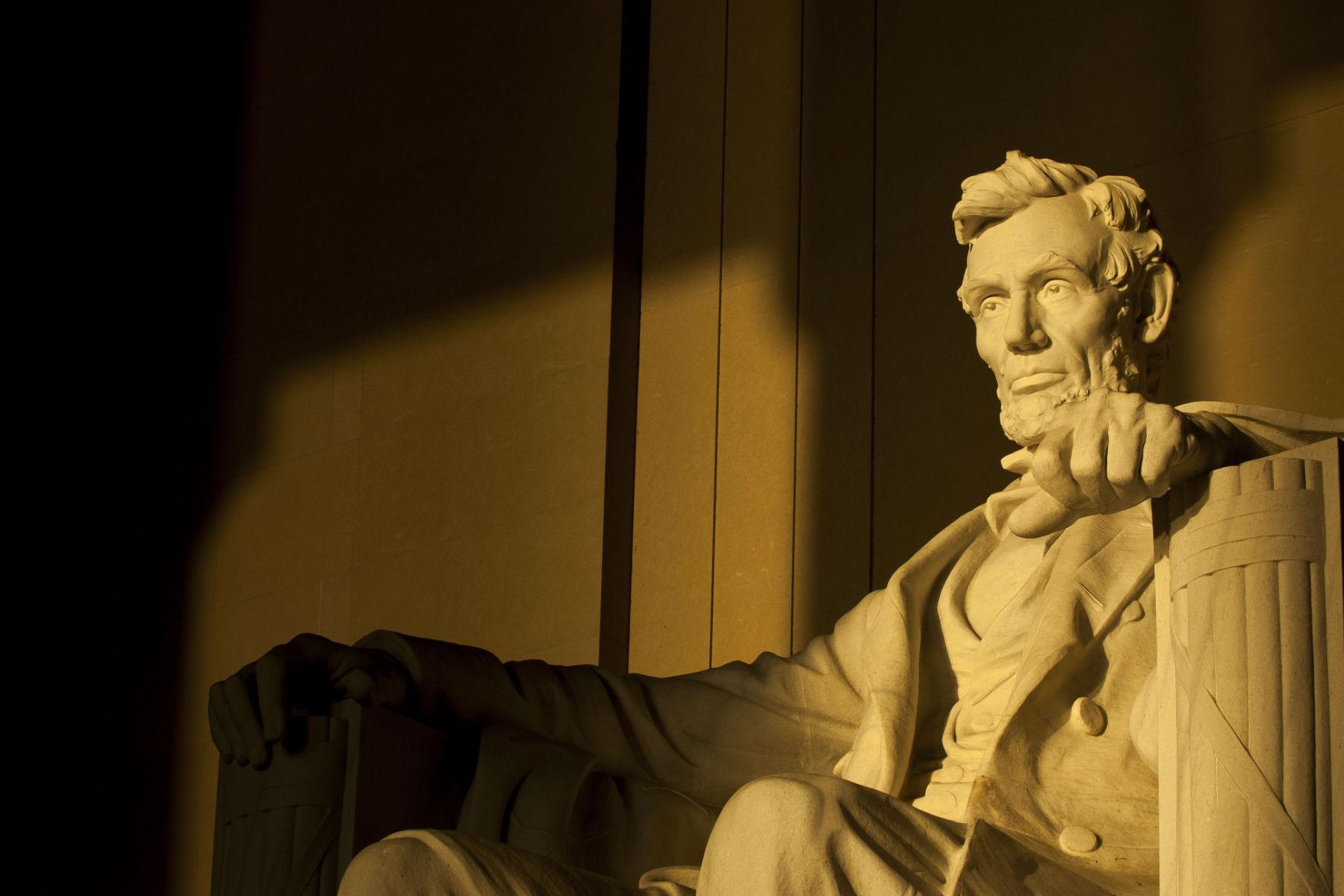
Take A Deeper Dive Into The Life & Times Of Abraham Lincoln
If you’re interested in taking a deeper dive and learning more about America’s greatest president then you cannot do better than Carl Sandburg’s Abraham Lincoln: The Prairie Years and The War Years. Sandburg won the coveted Pulitzer Prize for his monumental work on America’s 16th President.
Things To Do At The Site
Here are some things to do when visiting the memorial:
- Tour the Visitors Center: The Visitors Center features exhibits and multimedia displays that tell the story of Lincoln’s childhood and his family’s life in Indiana.
- Visit the Lincoln Living Historical Farm: The farm is a reconstruction of the farm where Lincoln lived with his family. Visitors can tour the farm and see costumed interpreters demonstrate daily life on the farm during the mid-19th century.
- Explore the hiking trails: The memorial features several hiking trails that wind through the woods and fields where Lincoln played and worked as a child. The trails offer beautiful views of the surrounding landscape.
- Visit the Lincoln Boyhood Trail: The Lincoln Boyhood Trail is a self-guided driving tour that takes visitors to several sites related to Lincoln’s life in Indiana, including the sites of his childhood home and the church where his family worshipped.
- Attend a special event: The memorial hosts a variety of special events throughout the year, including living history programs, music concerts, and commemorative ceremonies.
- Visit nearby attractions: The memorial is located near several other attractions, including Santa Claus, Indiana, and Holiday World & Splashin’ Safari amusement park.
RELATED: 20 MUST-SEE Historic Sites In New York
1. Soldiers & Sailors Monument

We’ve saved the best for last! As the #1 Historic Site In Indiana, More Than Just Parks has selected the Soldiers & Sailors Monument.
The Soldiers & Sailors Monument is a historic landmark and war memorial located in the heart of downtown Indianapolis, Indiana. The monument was erected in honor of the Indiana soldiers and sailors who served in the American Civil War and later conflicts.
The Idea For A Monument
The idea for the monument was first proposed in the late 19th century, but it was not until the early 20th century that plans for its construction were finalized. The monument was designed by German-born architect Bruno Schmitz, who was also responsible for designing several other notable war memorials in the United States and Europe.
Construction on the monument began in 1888 and was completed in 1901, at a cost of over $600,000. The monument is constructed of Indiana limestone and stands 284 feet tall, making it one of the tallest war memorials in the United States.
The monument features a number of decorative elements, including several bronze statues representing the various branches of the military, as well as depictions of several important Civil War battles. The interior of the monument houses a museum and observation deck, which offers panoramic views of downtown Indianapolis.
Over the years, the Soldiers & Sailors Monument has become an important symbol of Indiana’s military heritage and a beloved landmark for residents of Indianapolis. It has also been the site of numerous public events and ceremonies, including parades, concerts, and political rallies.
Today, the monument is maintained by the Indiana War Memorials Commission, which is responsible for preserving and interpreting the state’s military history. It remains an important cultural institution and a significant part of Indiana’s heritage.
RELATED: 40 EPIC National Parks In Washington D.C.
Things To Do
Here are some things to do when visiting the monument:
- Take the elevator to the top: Visitors can take an elevator to the top of the monument for stunning views of downtown Indianapolis. The observation deck offers 360-degree views of the city and its surroundings.
- Tour the museum: The monument features a museum on the lower level that tells the story of Indiana’s veterans and their service to the country. Exhibits include artifacts, photographs, and multimedia displays.
- Attend a special event: The monument hosts a variety of special events throughout the year, including concerts, festivals, and commemorative ceremonies. Check the monument’s calendar of events to see what’s happening during your visit.
- Visit the Colonel Eli Lilly Civil War Museum: The museum is located inside the monument and features exhibits that focus on Indiana’s role in the Civil War. Exhibits include artifacts, uniforms, and photographs.
- Explore the surrounding area: The monument is located in the heart of downtown Indianapolis and is surrounded by shops, restaurants, and other attractions. Visitors can easily combine a visit to the monument with a stroll through the city’s bustling streets.
- Take a guided tour: The monument offers guided tours led by knowledgeable docents who can provide insights and information about the monument’s history and significance.
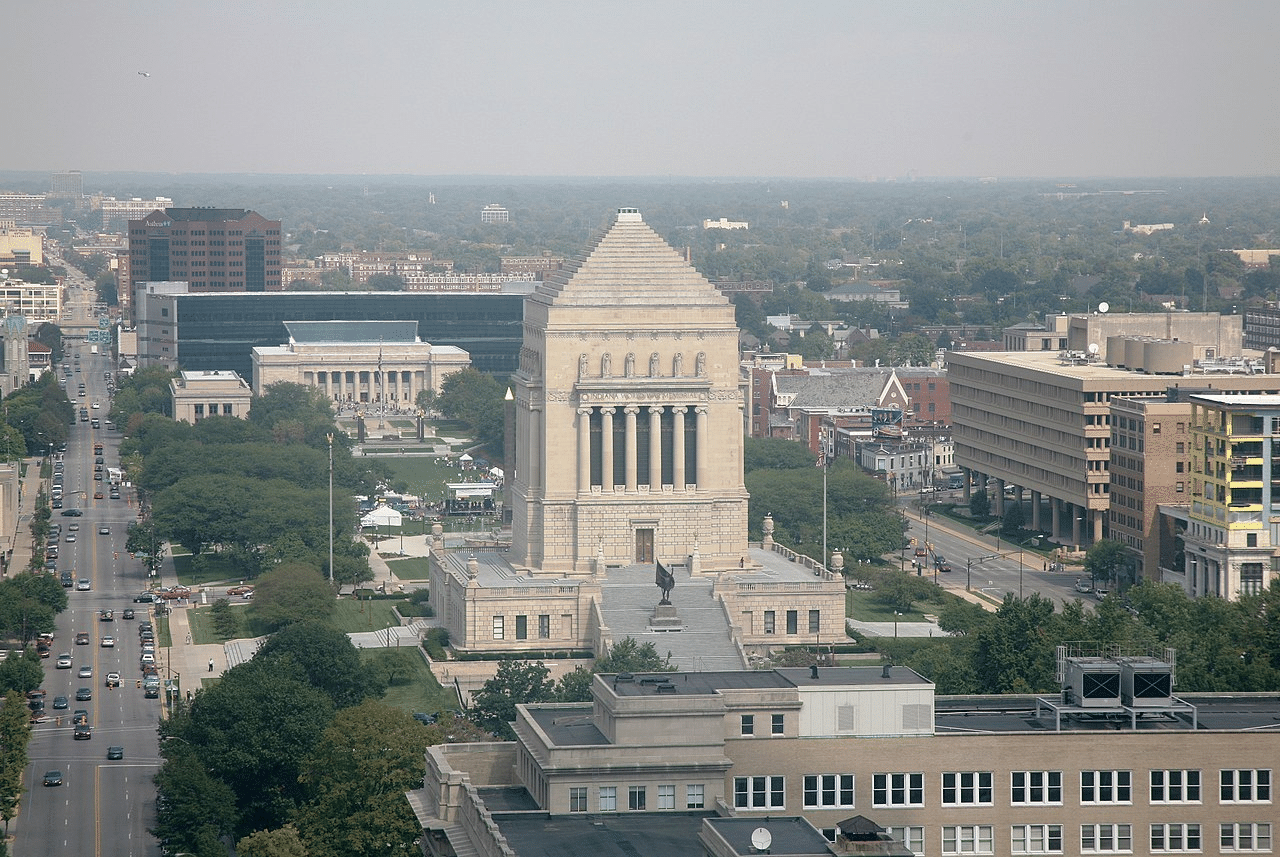
List Of Historic Sites In Indiana
- Soldiers & Sailors Monument
- Lincoln Boyhood National Memorial
- George Rogers Clark National Historical Park
- Wilbur Wright Birthplace & Museum
- Ernie Pyle World War Two Museum
- Auburn Cord Duesenberg Automobile Museum
- Eiteljorg Museum of American Indians and Western Art
- Falls of the Ohio State Park
- Huddleston Farmhouse
- Benjamin Harrison Presidential Site
Why Trust Us About Historic Sites In Indiana?
We’re Jim Pattiz and Will Pattiz, collectively known as the Pattiz Brothers and we absolutely LOVE the national parks.
You should probably know that we don’t just make this stuff up out of thin air. We’ve spent our entire adult lives exploring and filming America’s national parks and public lands.
We’ve worked with the National Park Service, the Department of Interior, USDA, U.S. Forest Service, and more for years creating films on important places and issues. Our work has been featured in leading publications all over the world and even some people outside of our immediate family call us experts on the national parks.
And, in 2018, our father – having spent a lifetime teaching history – joined us so that he could help us to tell the stories behind these amazing places.
Meet The Parks Brothers
We Hope You’ll Follow Our Journey

Our goal here at More Than Just Parks is to share the beauty of America’s national parks and public lands through stunning short films in an effort to get Americans and the world to see the true value in land conservation.
We hope you’ll follow our journey through the parks and help us to keep them the incredible places that they are. If you’re interested in joining the adventure then sign up below!
Related Links
What Is A National Park? To learn more about the difference between the various National Park Service designations check out our article that explains everything!
Indiana National Parks: 4 EPIC Indiana National Parks You Should See
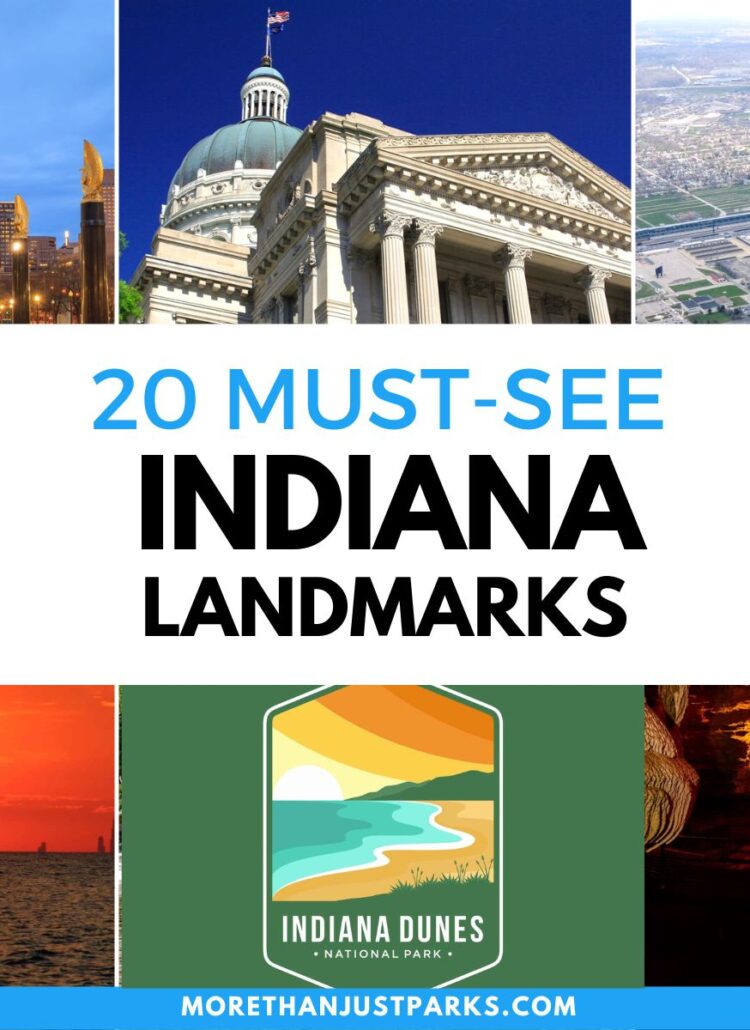
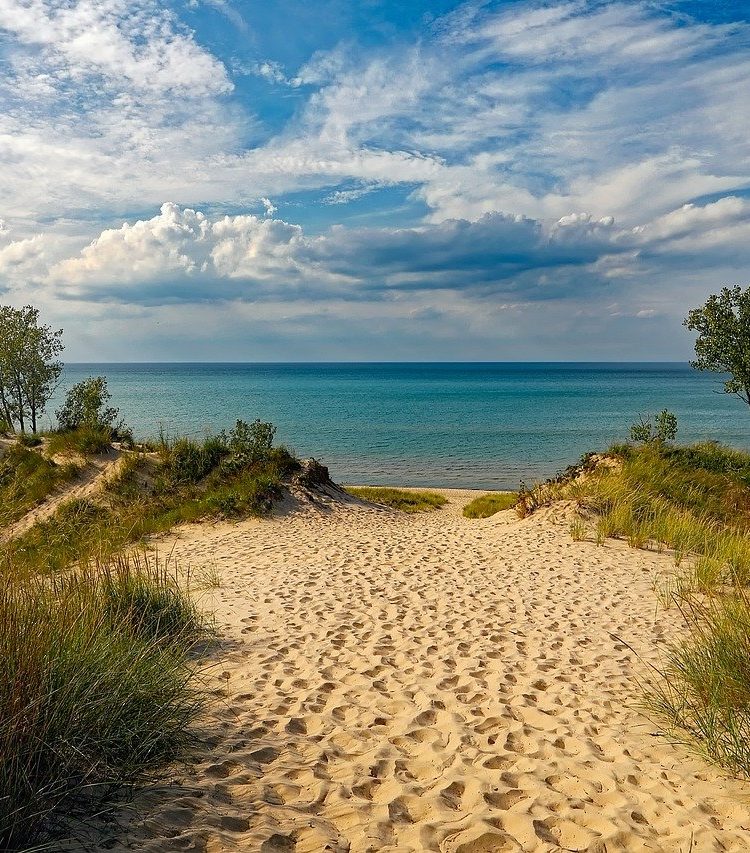
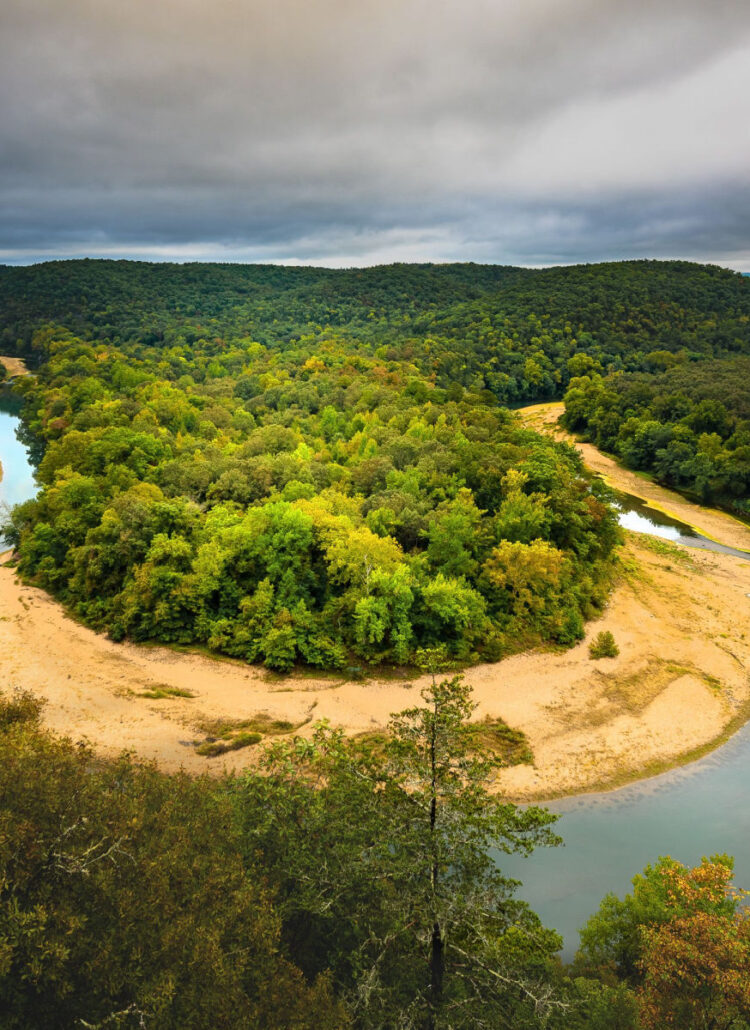
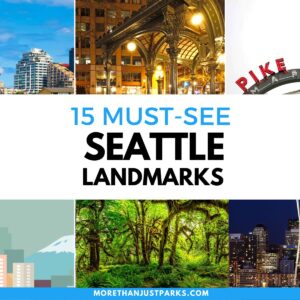

Leave a Reply